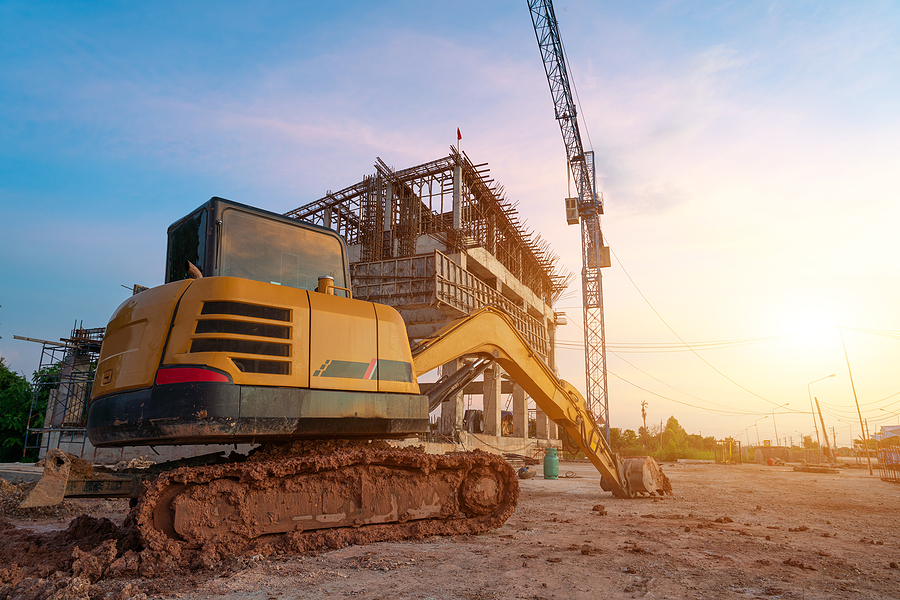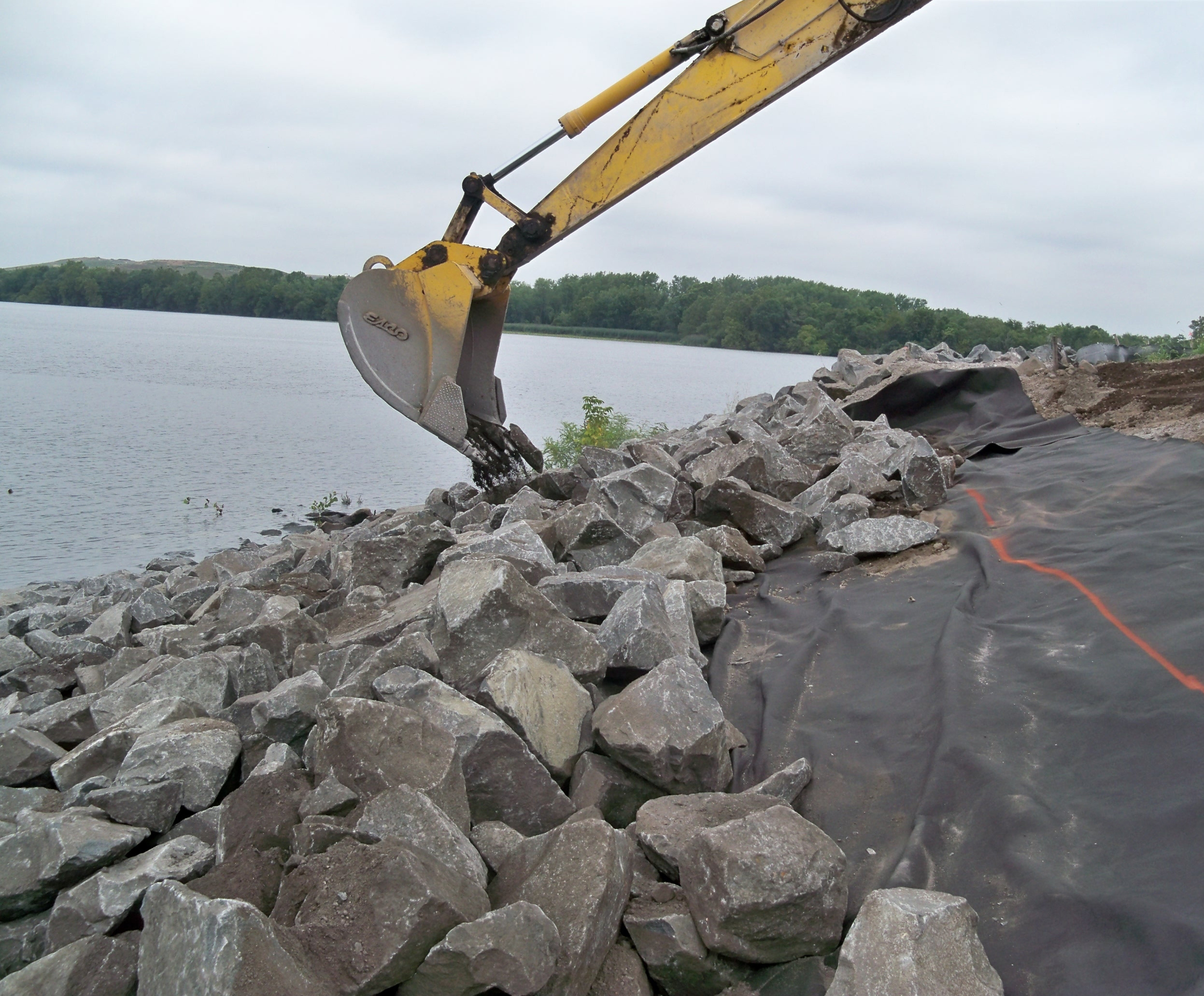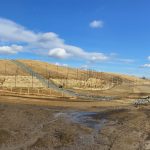The Benefits of Sediment Control Bags: Everything You Need to Know
The Benefits of Sediment Control Bags: Everything You Need to Know
Are you looking for a low-cost solution for controlling pollution from construction or stormwater runoff at job sites? If so, you should definitely consider sediment control bags. Let’s review the many benefits and everything else you need to know about these dewatering bags for water filtration.
What Are Sediment Control Bags?
Sediment control bags, also known as dewatering, silt, or sediment filter bags, are an easy and economical option for any site looking to remove sediment or silt from its discharge. They are constructed with heavyweight, UV-resistant nonwoven geotextile filter fabric or specialty woven monofilament geotextiles and are designed for rapid onsite dewatering of sediments from any water pumping activity. Sediment bags are often filled with materials such as sand to help prevent them from blowing away in high winds.
Sediment filter bags have a host of benefits including the fact that they can be used in conjunction with other erosion control products including silt fences to provide a more comprehensive solution. Using sediment control bags is actually a BMP (best management practice) that can help you comply with EPA requirements. Additionally, they are small, disposable, easy to install, and require minimal maintenance. Another major benefit is that once bulk dewatering takes place, the self-weight consolidation and confining pressure of the bag itself continue the process. As a result, any sediment in the water is contained by the bag and clean effluent can often be returned directly to the source.
What Sizes Do They Come In?
Usually, standard sediment control bags are manufactured from nonwoven geotextile fabric with an inlet port to accommodate a 4-6” pipe. Although custom-sized bags can be made, stock sizes include:
- 7.5’ x 15’
- 15’ x 15’
- 15’ x 30

Where Can They Be Placed?
Dewatering bags can be placed just about anywhere, depending on their size and site conditions. However, steep-sloped surfaces are typically not recommended. Instead, porous surfaces such as hay bales are favorable as they may help to facilitate a faster dewatering process. Just make sure that whatever surface you choose will not damage the bag. In certain cases, areas may also have size restrictions that will dictate what size bags they are able to handle.
When choosing where to place sediment control bags, it is imperative that you consider the following questions:
- How fast is the pump rate? Dewatering bags can be made from different fabrics depending on the application and rate at which it will be pumping water.
- How much sediment needs to be contained? The size and location of the bag depend on how much sediment needs to be contained.
- Is the surface sloped? If you’re trying to place silt bags on a slope, they may begin to roll. For this reason, it is not recommended.
- How much space is available? Measuring appropriate widths and lengths will allow you to choose a bag that fits just right in your location.
Whether it’s on a drop box, dump truck, construction site, or containment vehicle, determining the proper placement should be based on the above factors to provide the desired results. After choosing a location, installation is straightforward. The sediment control bags can either be placed in a dump truck or drop box, or placed directly on the ground and anchored to stakes for added stability. Once the bags are in place, they are filled with material such as sand and then sealed shut.
What Are Their Applications?
Sediment control bags serve a wide variety of applications, depending on the size and material of the bag. Most commonly, they are used to filter runoff or flows on construction sites or any other location that requires sediments to be dewatered. This helps comply with stormwater requirements as the bags filter out materials before they drain. In other words, sediment control bags allow you to receive discharge authorization under the appropriate National Pollutant Discharge Elimination System. Other applications include:
- Lake/pond dredging
- Lagoon dewatering
- Power plants
- Wastewater management
- Pumping of trenches
For Effective Sediment Control Bags, Choose IWT Cargo-Guard
From sediment filter bags to water diversion products, IWT Cargo-Guard has the products you need for project success while protecting the environment. We carry standard stock sizes of filter bags but custom sizes and materials are available. Whether you need geotextiles for drainage and filtration projects or turbidity barriers for environmental dredging projects, we have everything you need for a wide range of applications. Are you ready to put our sediment control bags to the test? Reach out to IWT Cargo-Guard today.







